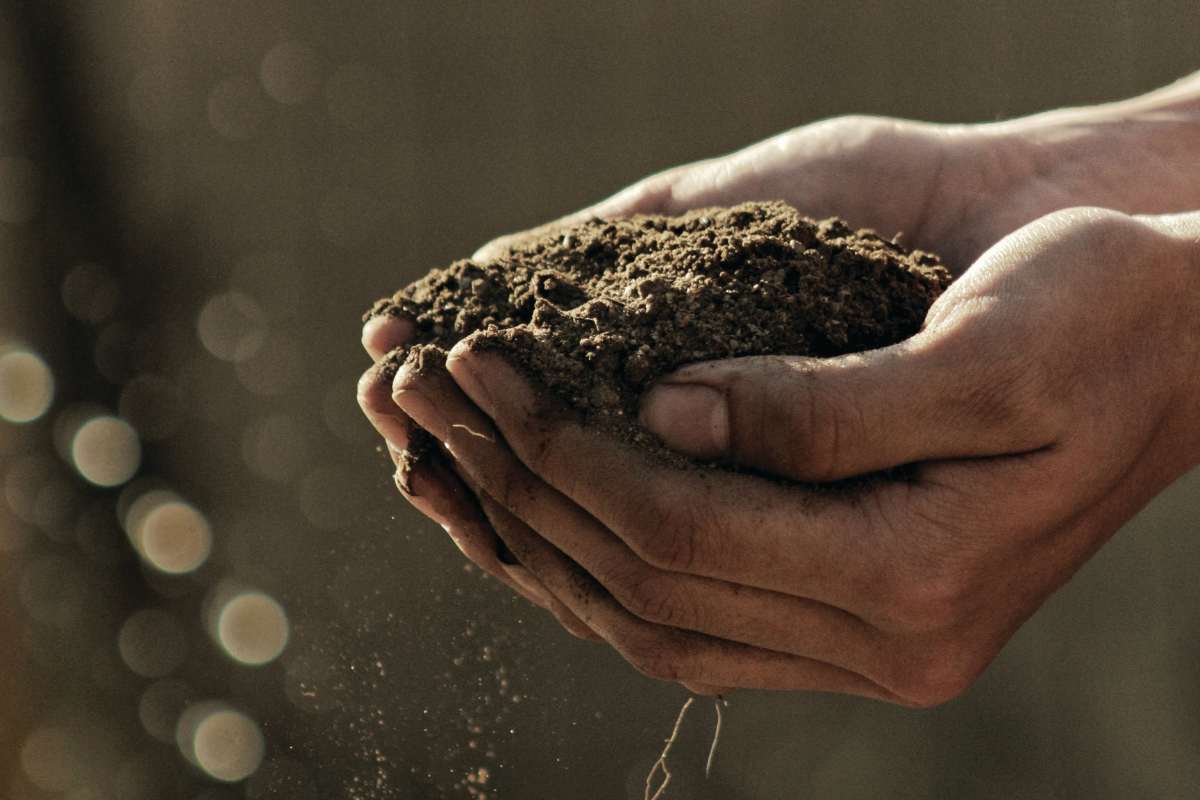by Scott Smith
A productive compost pile should have a ratio of about three parts “browns”—leaves, straw, shredded paper and such—to one part “greens.” Depending on where you live, this can be all kinds of rottable organic matter, from surplus grass clippings to horse manure, seaweed and more. Coffee grounds, a rich source of the nitrogen that fuels plant growth, are free for the taking via Starbucks’ Grounds for the Garden program, for instance.
But for most of us, the catalyst to turn a pile of mostly old dead leaves into ready-to-use compost is food waste from your kitchen. Numerous studies have shown that as much as 40% of the food produced each year ends up being thrown away.
Taboo for any compost pile are meat scraps and bones, but if you follow a plant-based diet you’re already in good shape on that front; meat can attract rodents and other pests and may harbor pathogens. Other compost no-no’s are cat litter and dog poop.
If you live in bear country or lack space for an “open” pile, consider buying or DIYing a more secure, enclosed compost bin. If you want to speed up the composting process, a tumbler type container is a good option; google “compost tumbler” to review a plethora of choices for most every budget and home. My acrossthe-street neighbors purchased a smart-looking 35-gallon dual chamber tumbler last fall and are ready to add their first harvest of mature compost to their spring garden.
There’s a whole shelf full of books and online resources to help you down the path to organic composting. One trusted guide is Stu Campbell’s Let It Rot!—the Gardener’s Guide to Composting. Here are a few tips to get you started:
Try not to let a single material dominate your compost pile. A good mixture is preferable; chopping up ingredients into small pieces will quicken the decomposition process.
Turn your compost once a week or so to increase the amount of oxygen the material is exposed to.
If your compost smells bad, it most likely has too little air and too much moisture in it. Add dry materials, such as leaves, shredded paper or cardboard. If it’s too dry, add a little water. A classic piece of advice is that compost should feel like a wrungout sponge.
You’ll know your compost is ready for your garden when it has cooled down (the decomposition processes, led by bacteria and fungi, produces a lot of heat), has a fine, crumbly texture and an earthy smell.
Screen or pluck out things that are slow to decompose, like avocado pits, corn cobs, and wood chips, and then spread the finished compost around your perennial flowers or young plantings in the vegetable garden.

